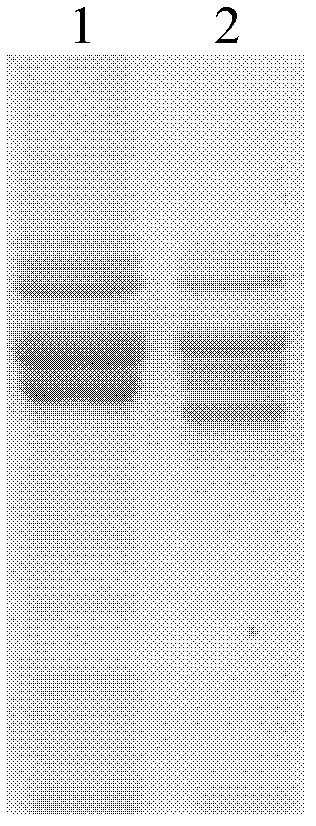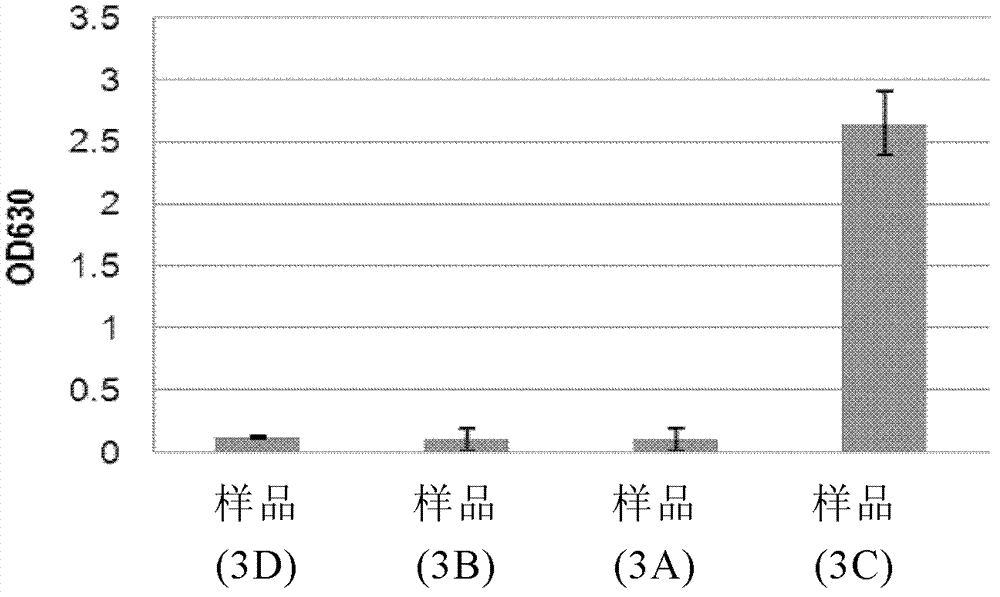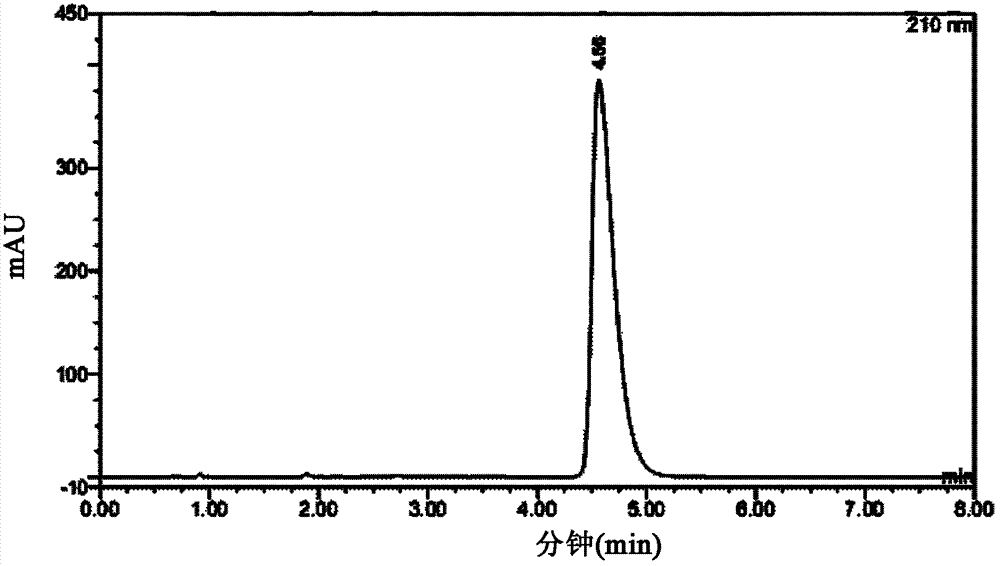Melamine colorimetric detection method based on enzymatic amino hydrolysis reaction
A technology of melamine and ammonia water, applied in the field of detection, can solve the problems of cumbersome processing and analysis of samples, high-throughput detection of difficult samples, and lack of high-throughput melamine.
- Summary
- Abstract
- Description
- Claims
- Application Information
AI Technical Summary
Problems solved by technology
Method used
Image
Examples
Embodiment 1
[0094] Example 1: Genetic modification, expression and purification of aminohydrolase
[0095] Although the natural coding sequence of the aminohydrolase can also be used to achieve recombinant expression, the expression level is low, so in this example, the codon-optimized gene was used for recombinant expression.
[0096] Codon optimization (the optimized nucleotide sequence is shown in SEQ ID NO.: 1 or see Figure 8 , its ORF is located at position 7-1428, and its encoded amino acid sequence is shown in SEQ ID NO.: 2 or see Figure 9). The optimized sequence was prepared by artificial total synthesis, and then connected to the commercially available vector pET21a through BamHI and XhoI sites.
[0097] Using conventional commercially available Escherichia coli BL21 (DE3) as the expression strain, at 16°C, under the induction of 0.1 mM isopropyl-β-D-thiogalactopyranoside (IPTG), the nitrogen-terminal bands were produced. Recombinant Tri A with 6 histidine (His) tags (see ...
Embodiment 2
[0101] Embodiment 2: sample purification
[0102] (1) Pipette 10mL samples at room temperature (samples include: milk with 5ppm, 10ppm, 15ppm, 50ppm melamine added respectively) to a 50mL centrifuge tube, add 75 μL of anhydrous acetic acid, vortex for 30 seconds, and incubate at room temperature for 5 minutes , add 15 mL of acetonitrile and vortex for 30 seconds. The resulting mixture was centrifuged at 5000 rpm for 10 minutes, and all the supernatant was transferred to another test tube as the sample to be tested.
[0103] (2) After adding 2 mL of methanol to activate the Strata XC SPE column, add 2 mL of distilled aqueous solution containing 60% acetonitrile and 0.5% acetic acid.
[0104] (3) Add the sample to be tested obtained in step (1) into the activated Strata XC SPE column, add 2mL of 0.5% acetic acid aqueous solution, 2mL of 0.5% acetic acid in methanol and 2mL of 100% methanol to wash the column, and finally add 1mL ammonia water methanol solution (the volume rati...
Embodiment 3
[0106] Embodiment 3: Enzymolysis reaction
[0107] (1) Add 100 μ L of the sample to be tested obtained in Example 2 to a 96-well plate;
[0108] (2) Add 5 μ L of the aminohydrolase mixture obtained in Example 1 to each well, and tap the microwell plate to mix evenly;
[0109] (3) Incubate at room temperature for 20 minutes.
PUM
 Login to View More
Login to View More Abstract
Description
Claims
Application Information
 Login to View More
Login to View More - R&D
- Intellectual Property
- Life Sciences
- Materials
- Tech Scout
- Unparalleled Data Quality
- Higher Quality Content
- 60% Fewer Hallucinations
Browse by: Latest US Patents, China's latest patents, Technical Efficacy Thesaurus, Application Domain, Technology Topic, Popular Technical Reports.
© 2025 PatSnap. All rights reserved.Legal|Privacy policy|Modern Slavery Act Transparency Statement|Sitemap|About US| Contact US: help@patsnap.com



